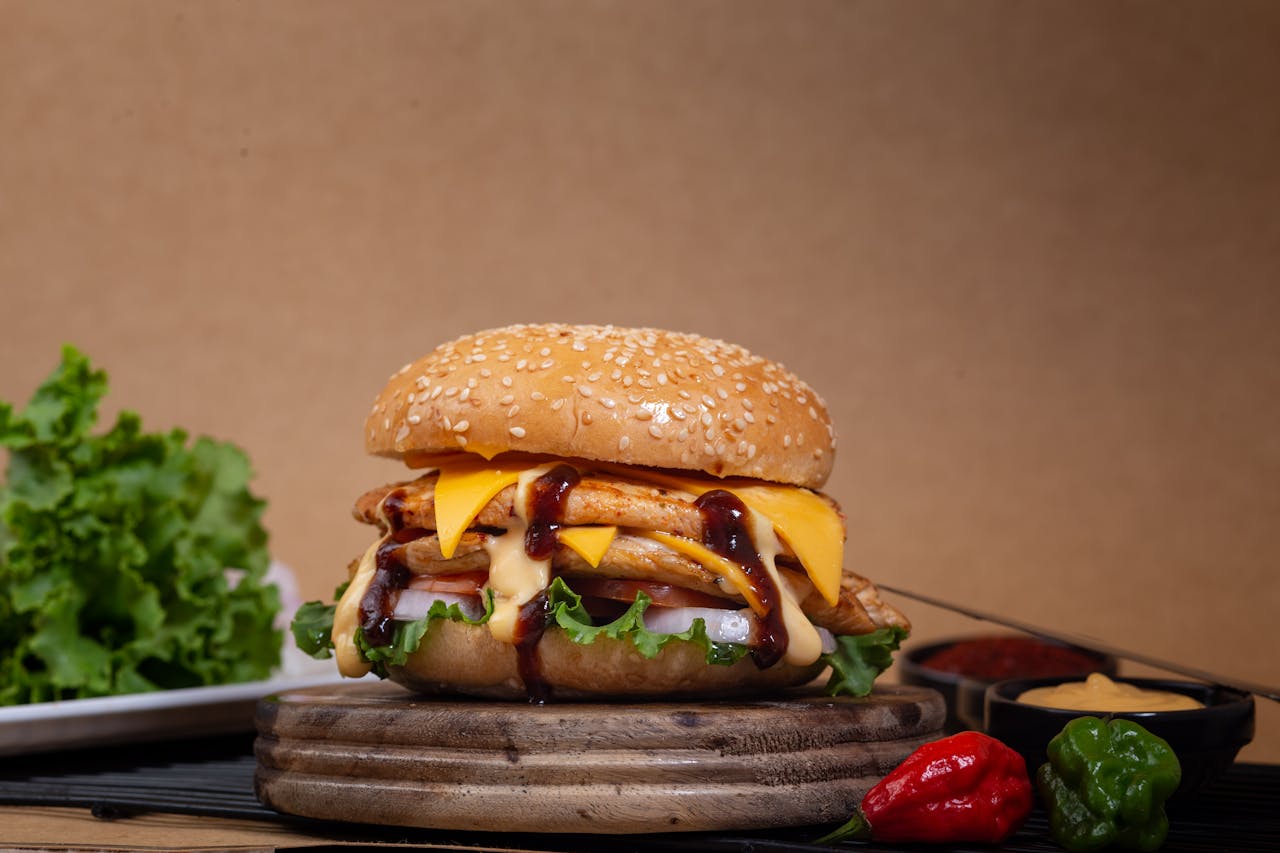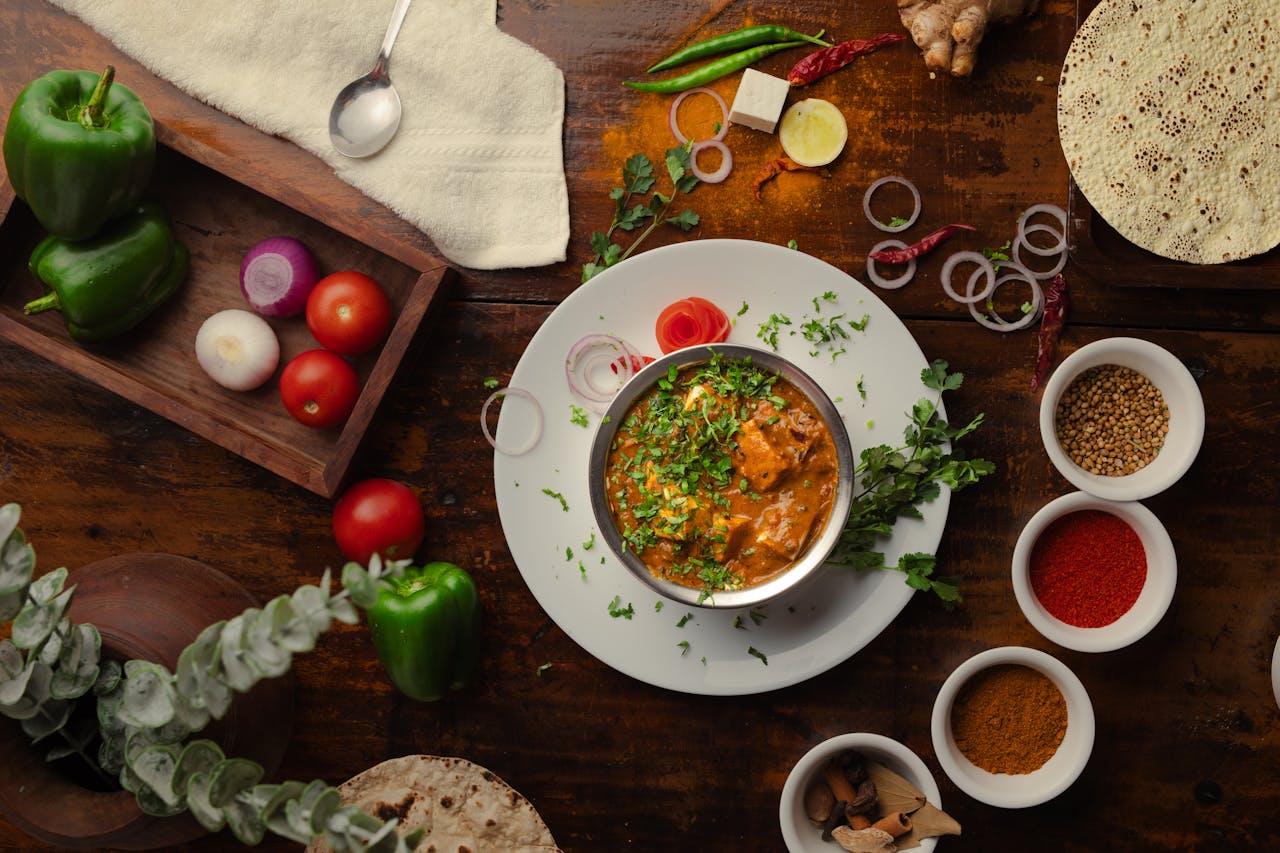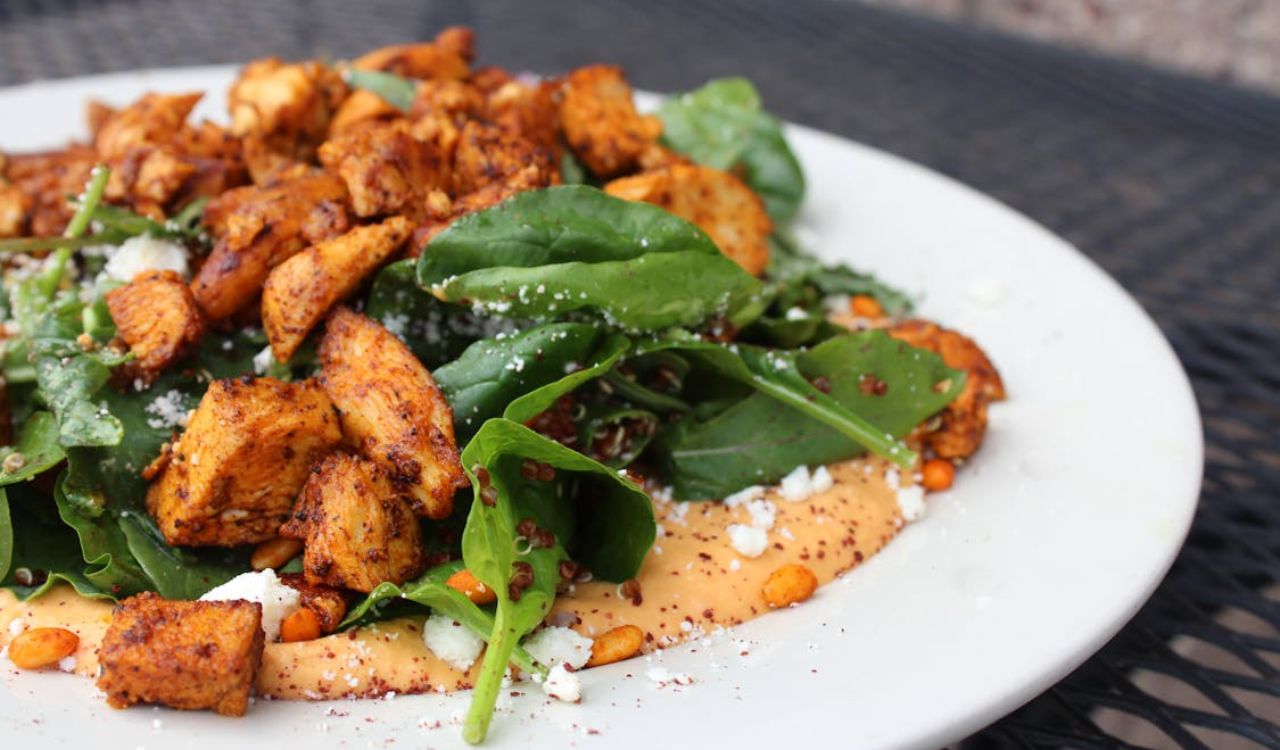Why Cutting Sandwiches Diagonally Makes Them Taste Better
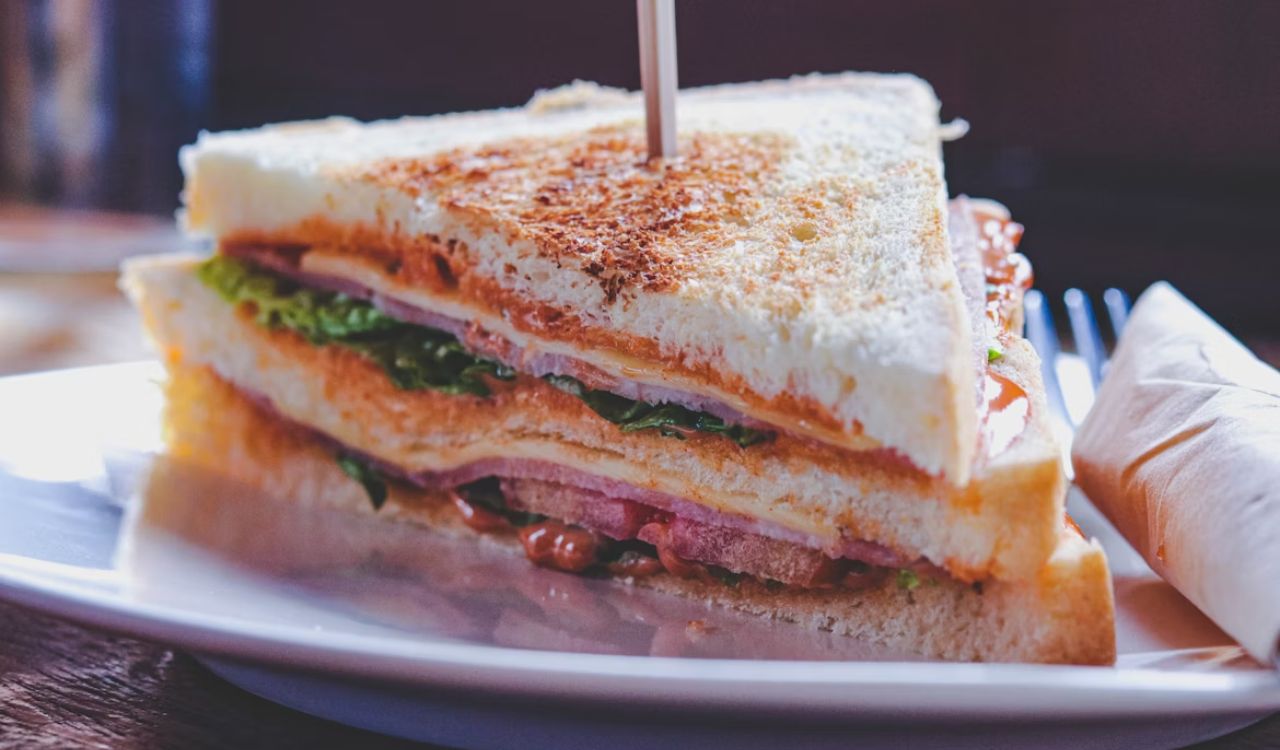
The way you slice a sandwich might seem trivial, but anyone who has opinions about food knows it can spark strong feelings. Whether you cut straight across or corner to corner, your choice changes how the sandwich looks, feels, and even tastes.
While some swear by the simplicity of a clean horizontal slice, the diagonal cut has science, psychology, and geometry on its side. That simple corner-to-corner motion might be the reason your next grilled cheese feels like perfection.
The Science Behind the Perfect Slice
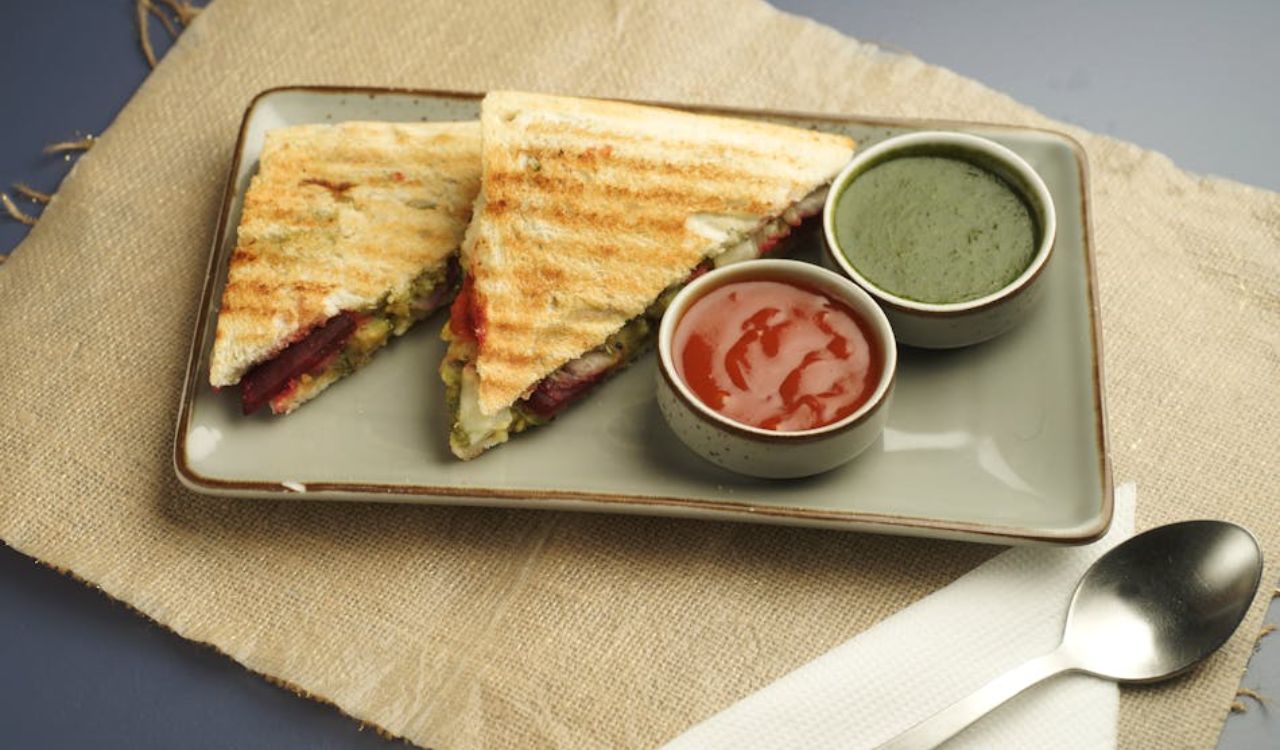
Cutting a sandwich diagonally does more than create two triangles. It changes how the sandwich is eaten. The shape exposes more of the filling and increases surface area, giving each bite a better balance of flavor and texture. Instead of beginning with a mouthful of crust, the first bite goes straight to the center, where the best ingredients live.
Mathematically, this makes sense. A geometric analysis once featured in Popular Mechanics compared bite efficiency between rectangles and triangles. The results gave diagonally cut sandwiches an average bite score of 2.00, compared to 1.83 for sandwiches cut straight across. The conclusion was simple: the triangular shape provides a more even distribution of filling, reducing the number of “all-crust” bites that can make the experience less satisfying.
There is also a practical advantage. Hot sandwiches, such as melts or paninis, tend to cool more evenly when sliced diagonally. The exposed corners allow heat to escape, meaning you spend less time waiting for the center to cool. The corners act like tiny vents, letting steam out while keeping the rest of the sandwich warm and crisp. In other words, you can enjoy your meal sooner and with fewer burned tongues.
Why Triangles Look and Feel More Appealing
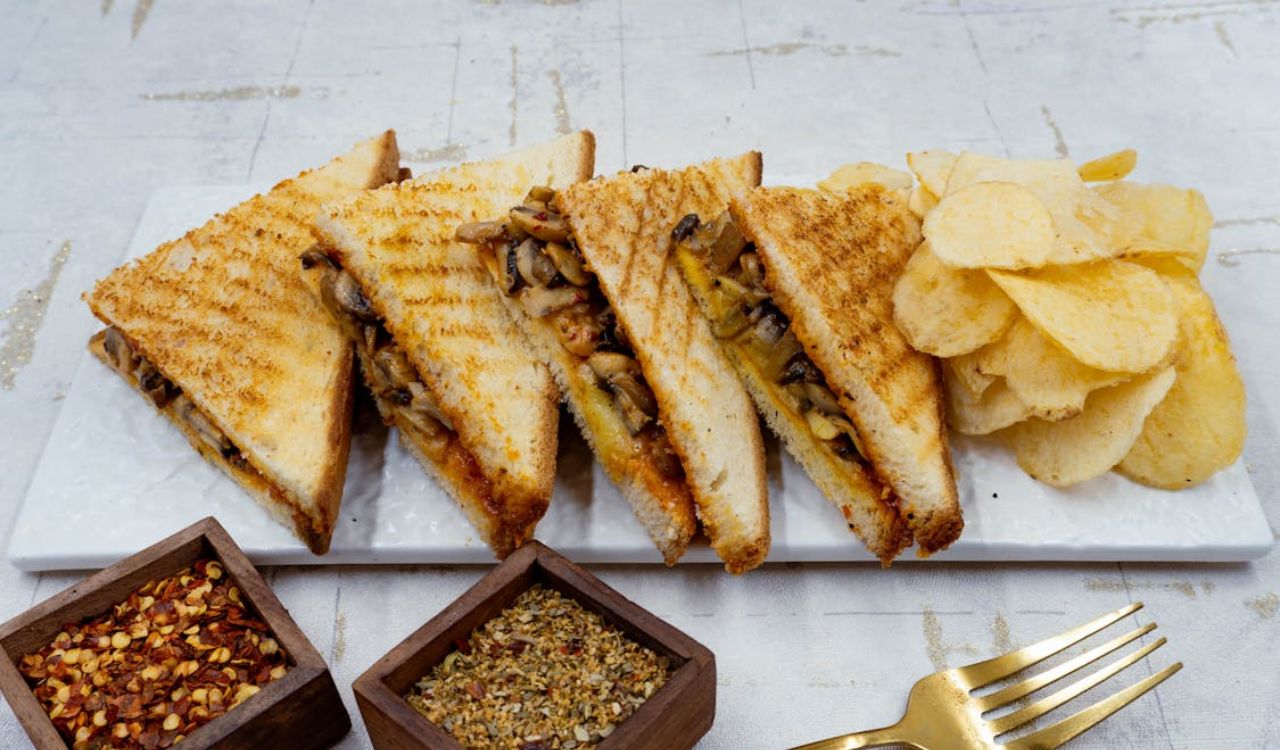
A diagonal slice is not just functional; it is visually appealing. The cut exposes the colorful layers of meat, cheese, vegetables, and sauces, making the sandwich look fresher and more appetizing. This presentation effect can actually influence how we perceive taste. Studies in food psychology show that attractive presentation can enhance flavor perception, even when the ingredients are identical.
A 2022 YouGov poll found that 39 percent of respondents preferred diagonally cut sandwiches, while only 20 percent chose rectangular halves. The results reveal a strong visual and emotional bias toward triangles. Many people associate the diagonal cut with restaurant quality or nostalgic comfort, recalling the way their parents used to serve grilled cheese or peanut butter and jelly sandwiches. That emotional connection plays a surprisingly big role in overall satisfaction.
The diagonal shape also creates a sense of abundance. Because the cut opens up more of the filling to view, it gives the illusion of more food. The human brain perceives it as more generous, even though the portion is identical. For those who dislike crust, the illusion of less bread and more filling makes every bite feel lighter and more enjoyable.
A Shape That Works Better in Practice
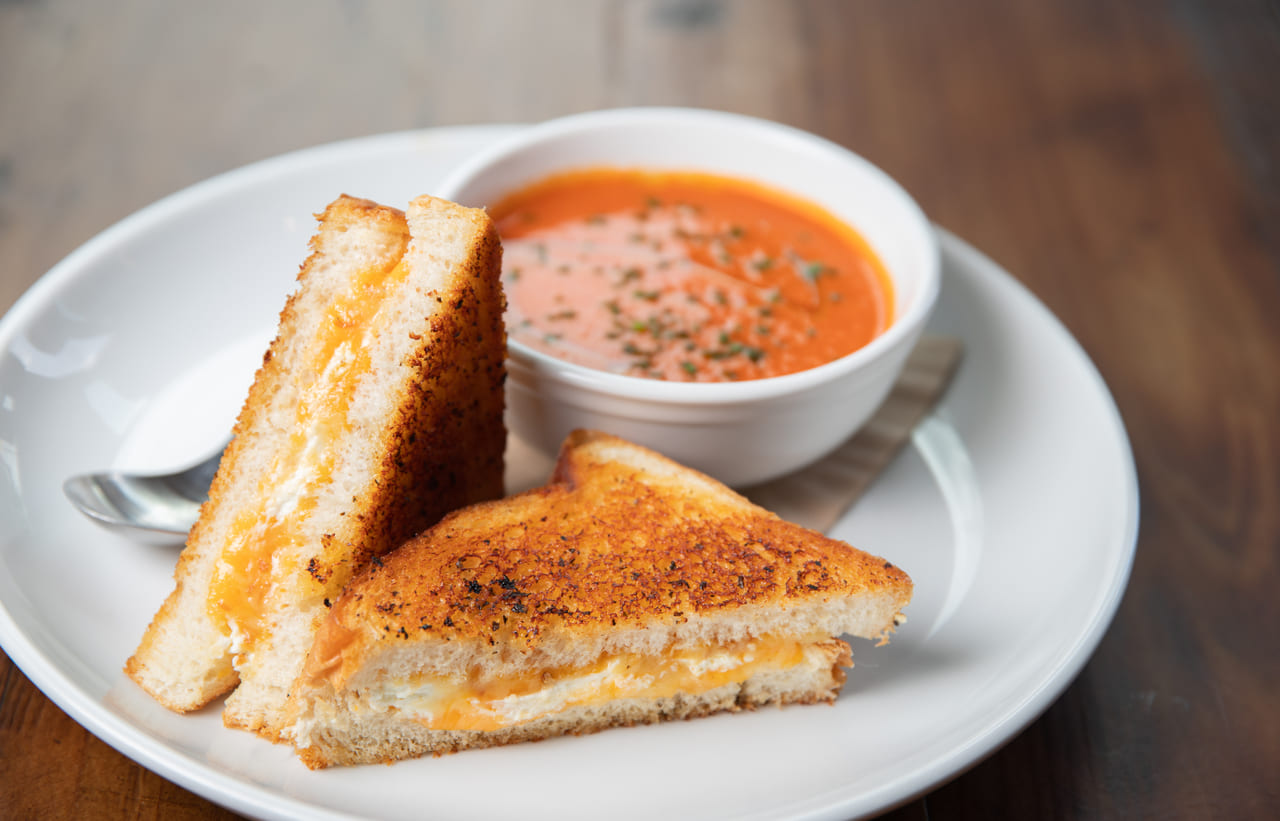
Triangular sandwiches are also more practical for eating and serving. The pointed corners fit neatly into bowls, making them ideal for dipping into soups, sauces, or gravy. Whether you are pairing a grilled cheese with tomato soup or dunking a turkey melt in au jus, the tip of the triangle slides cleanly into the liquid without tearing or breaking apart. Rectangular sandwiches often struggle with this, folding or soaking unevenly when dipped.
The triangle shape also makes sandwiches easier to hold. The smaller ends act as natural handles, keeping fillings contained while you eat. This balance is especially useful for kids or when eating on the move. When serving guests, the triangular halves stack attractively on platters, creating an organized, professional presentation. From family lunches to catered events, this simple cut makes sandwiches look like they belong on a menu.
When a Straight Cut Still Makes Sense
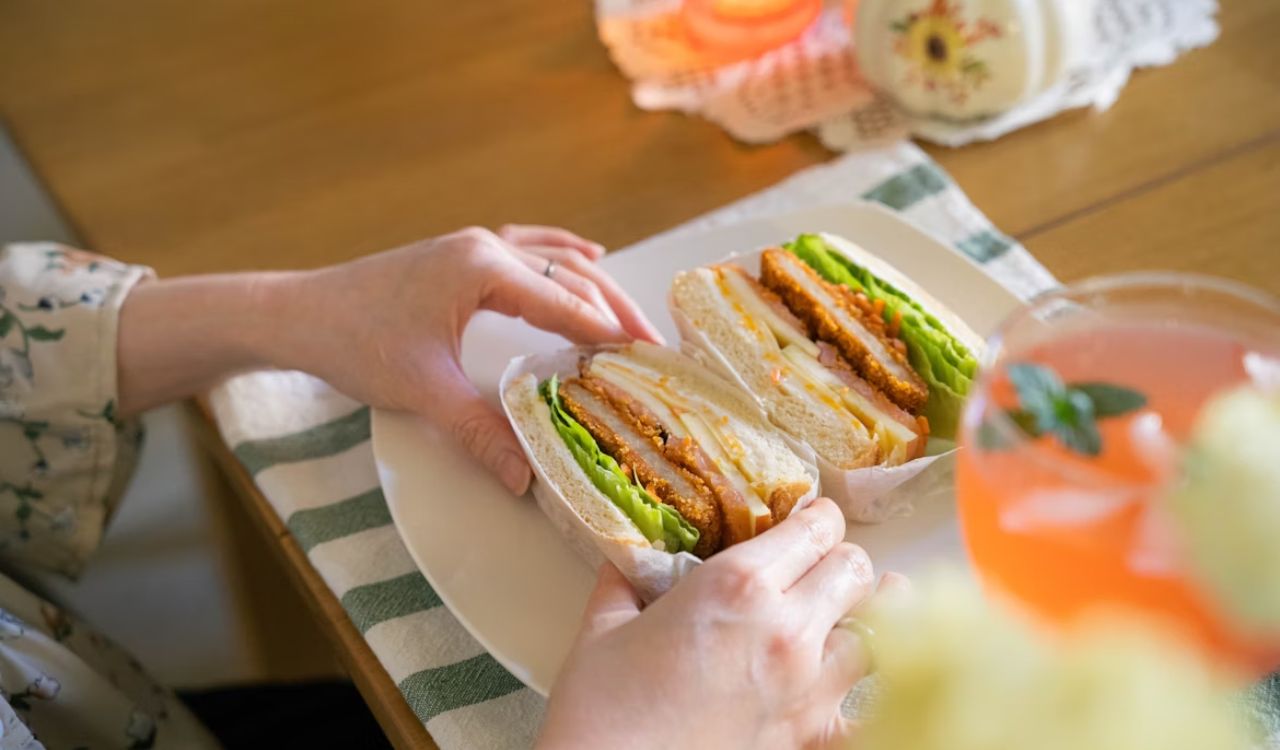
Not every sandwich benefits from a diagonal slice. For thick or messy fillings such as tuna salad, pulled pork, or egg salad, a straight cut may help maintain structure. The shorter cut across the center keeps the filling from spilling out the sides and minimizes mess. It also works better for smaller or round breads, such as rolls and baguettes, where a diagonal slice could cause uneven halves.
Tall sandwiches, like triple-decker clubs, may also hold together better when cut straight across. The even halves support each other, preventing layers from sliding out. Bread type is another factor. Dense or crusty loaves may crumble or split when cut diagonally, so a shorter, cleaner slice can help preserve their integrity.
Cultural traditions influence the choice, too. In some European households, sandwiches are served uncut, while others favor a single horizontal slice. These preferences often come down to habit rather than logic, showing how personal even the simplest food decisions can be.
Tips for Cutting the Perfect Sandwich
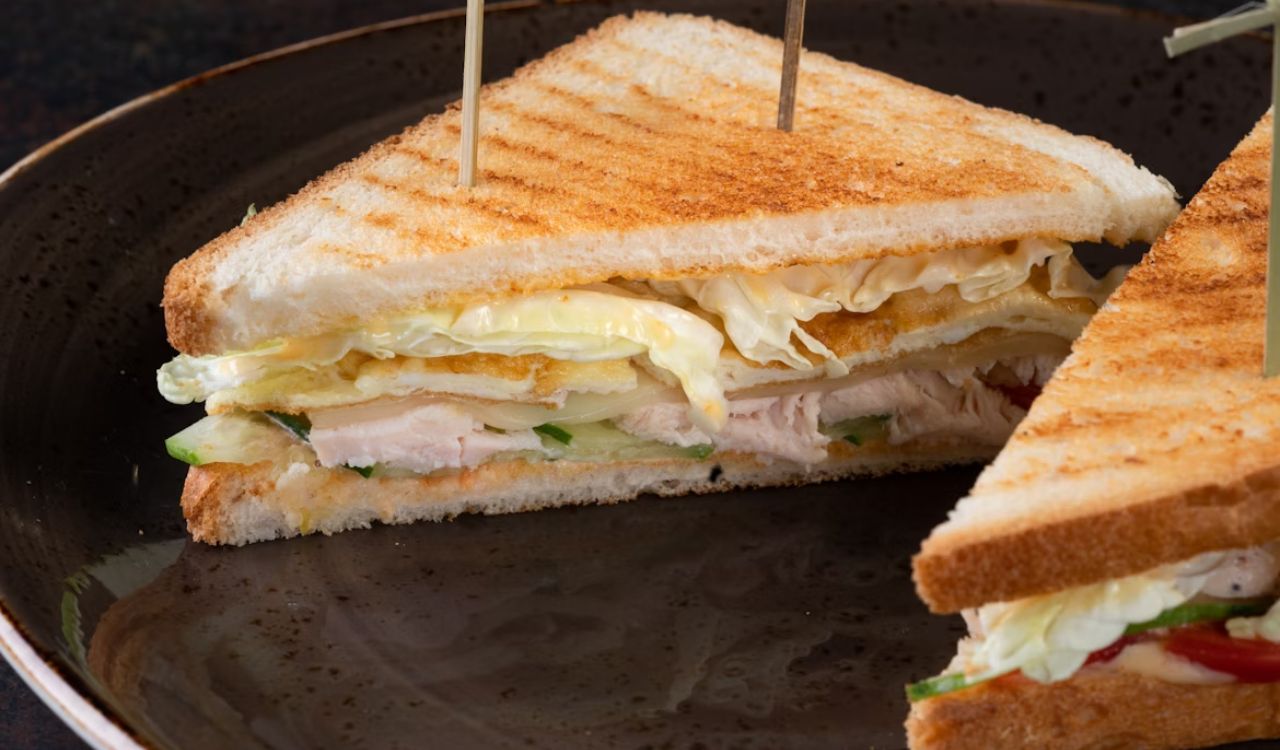
If you want to master the art of the diagonal sandwich, a few small adjustments can make a big difference.
- Use a serrated knife. It cuts cleanly through bread without crushing the interior. A dull knife can squish fillings or tear soft bread.
- Slice corner to corner. Align your knife carefully before cutting, and use one smooth motion to avoid uneven edges.
- Adjust for filling. Heavier ingredients like roasted vegetables or meat may need a slower, firmer slice to prevent sliding.
- Think about the presentation. Turn the halves so the fillings face outward for an appealing display. This small touch makes a big visual impact.
- Try both methods. Make your favorite sandwich twice, cutting one diagonally and the other straight. You might be surprised by how different they feel and taste.
A precise cut may seem like a small detail, but it changes the eating experience more than most people realize.
The Final Verdict
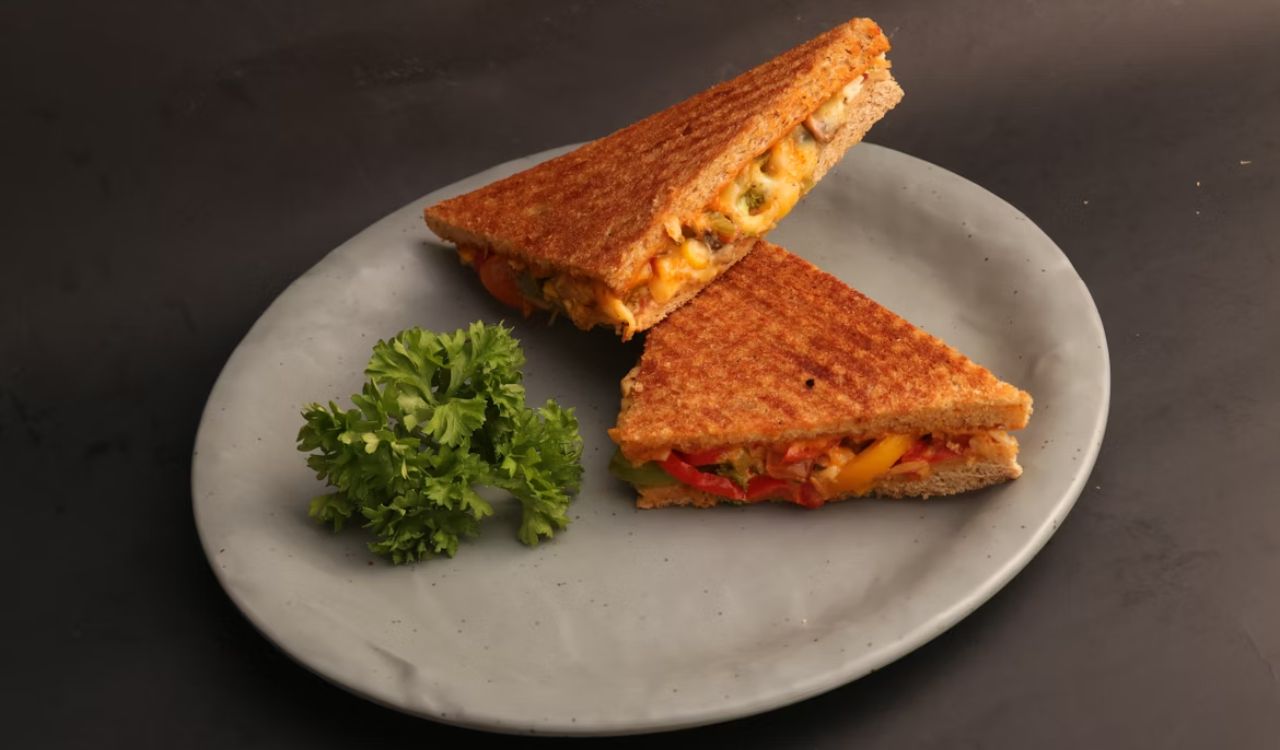
The debate over sandwich slicing may never completely end, but the evidence leans heavily toward triangles. The diagonal cut improves texture balance, visual appeal, and practicality, all while evoking comfort and nostalgia. It helps the sandwich cool more evenly, look more inviting, and deliver a better first bite.
Of course, the best sandwich is the one that makes you happiest. If you love straight-cut sandwiches, there is nothing wrong with that. But if you are looking for a small, satisfying upgrade, grab a knife and slice corner to corner. It might just be the simplest way to make an ordinary sandwich taste extraordinary.
References
- Sandwiches must be cut diagonally, and I’m not taking questions- WashingtonPost.com
- The Case For Cutting Your Sandwiches Diagonally- FoodRepublic.com
- Triangles vs. Rectangles: What’s the Better Way to Cut a Sandwich?- PopularMechanics.com
- What’s the Right Way To Cut a Sandwich: Horizontal or Diagonal?- AllRecipes.com


